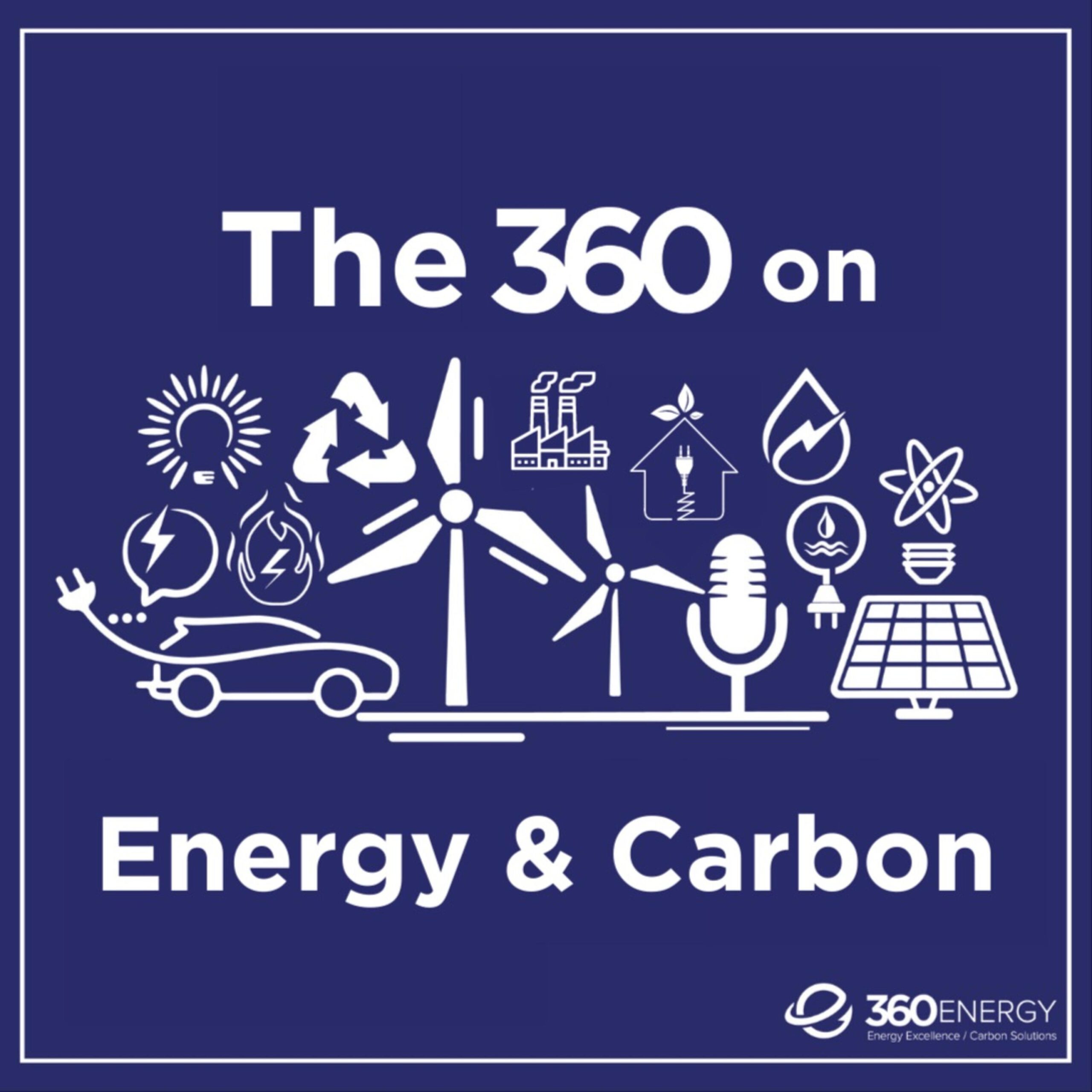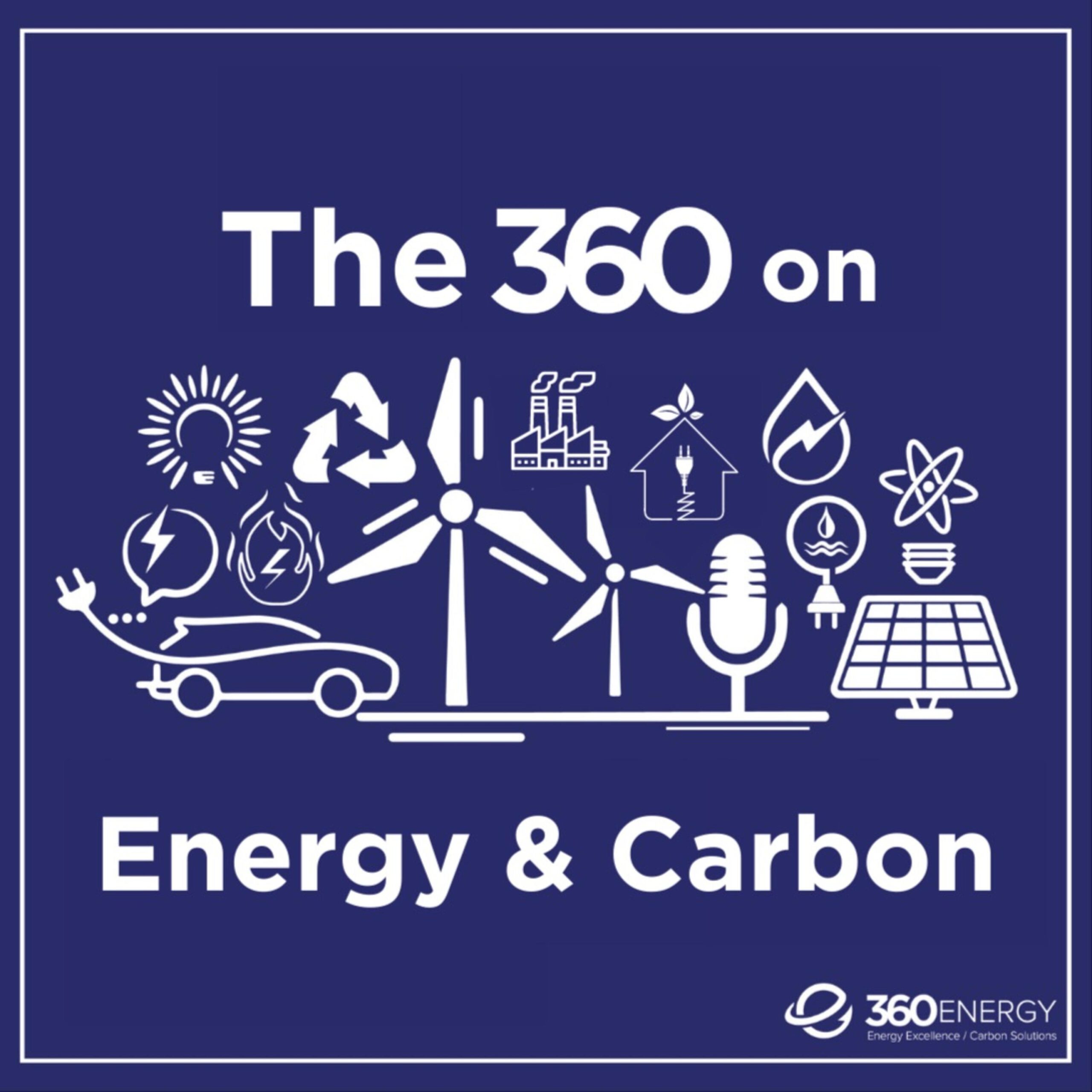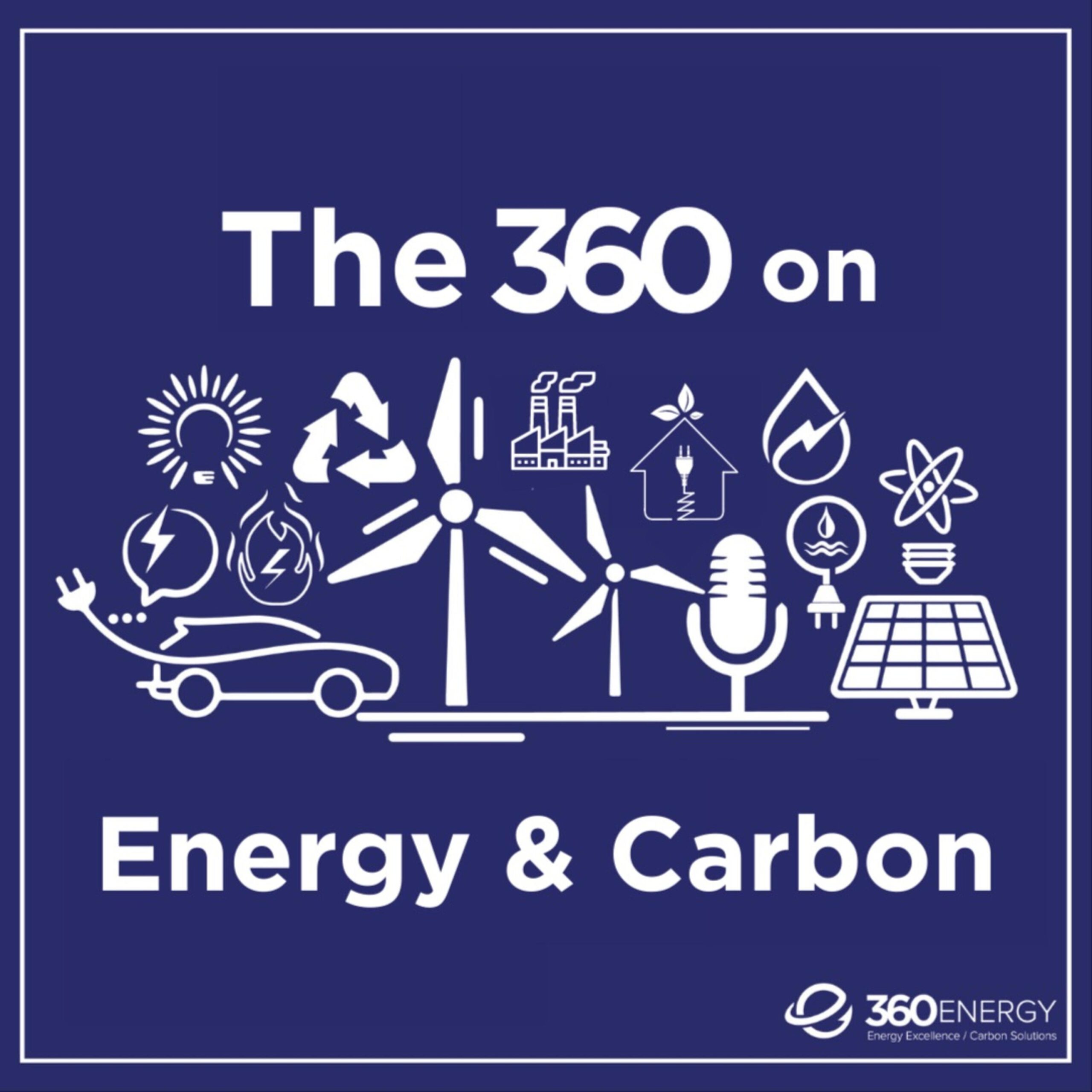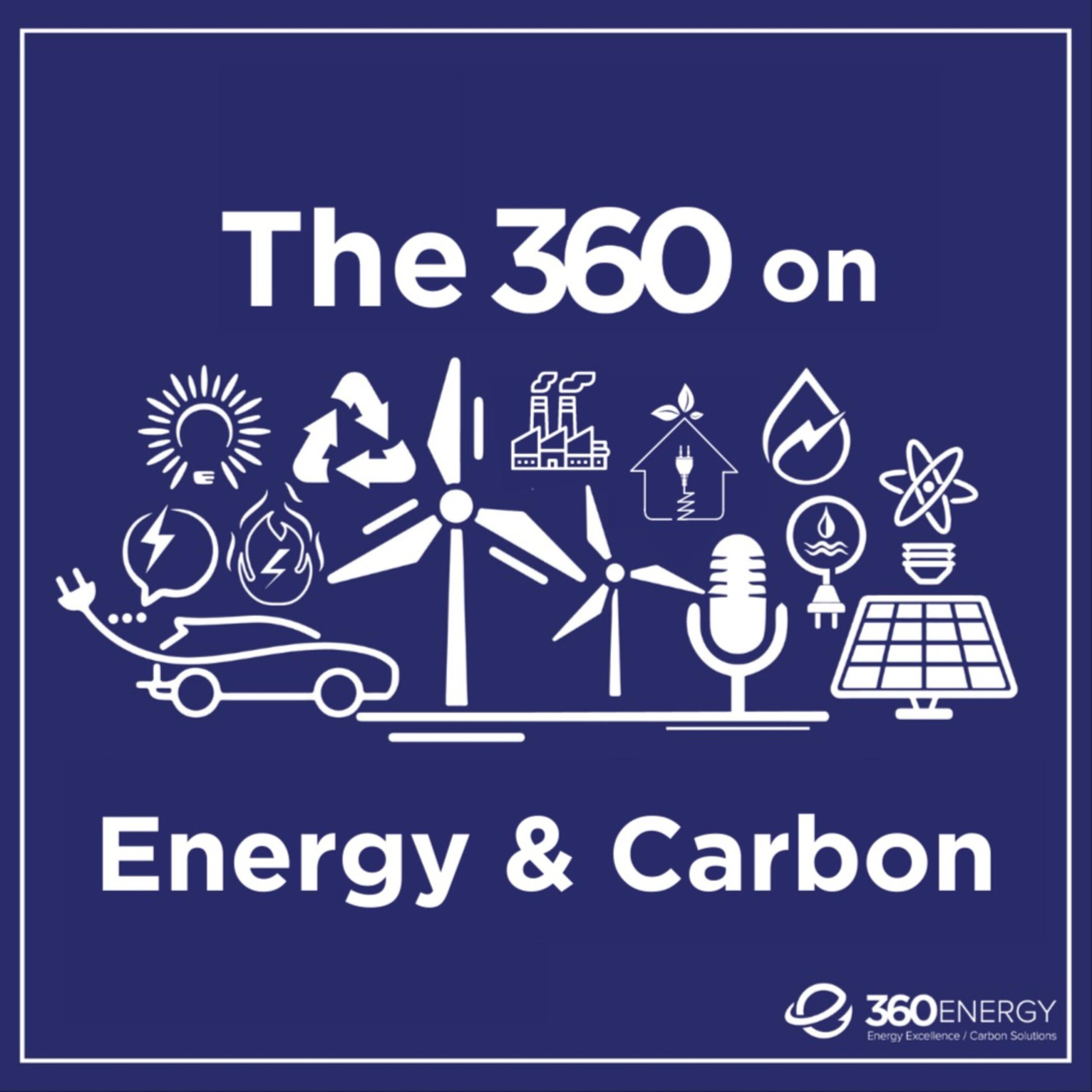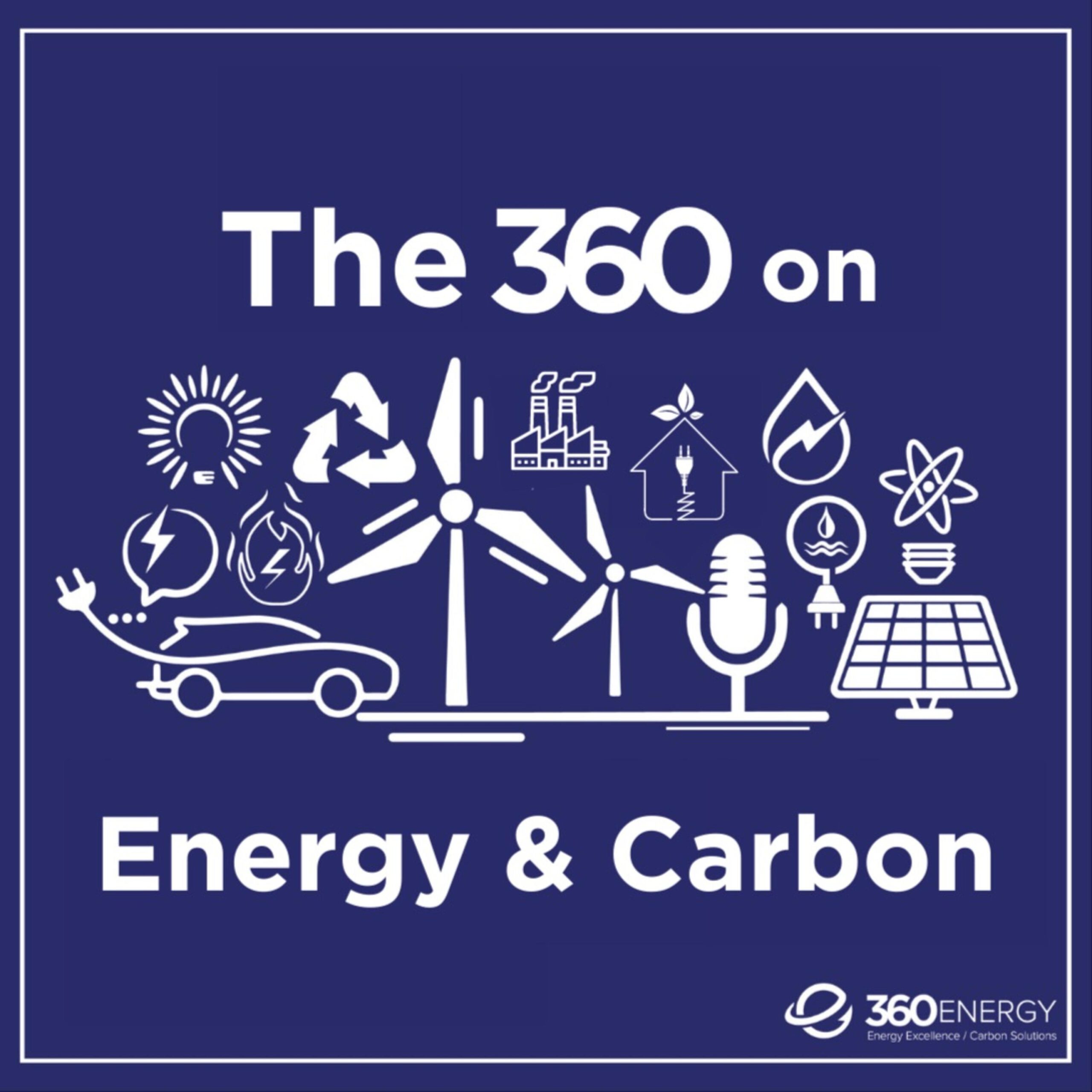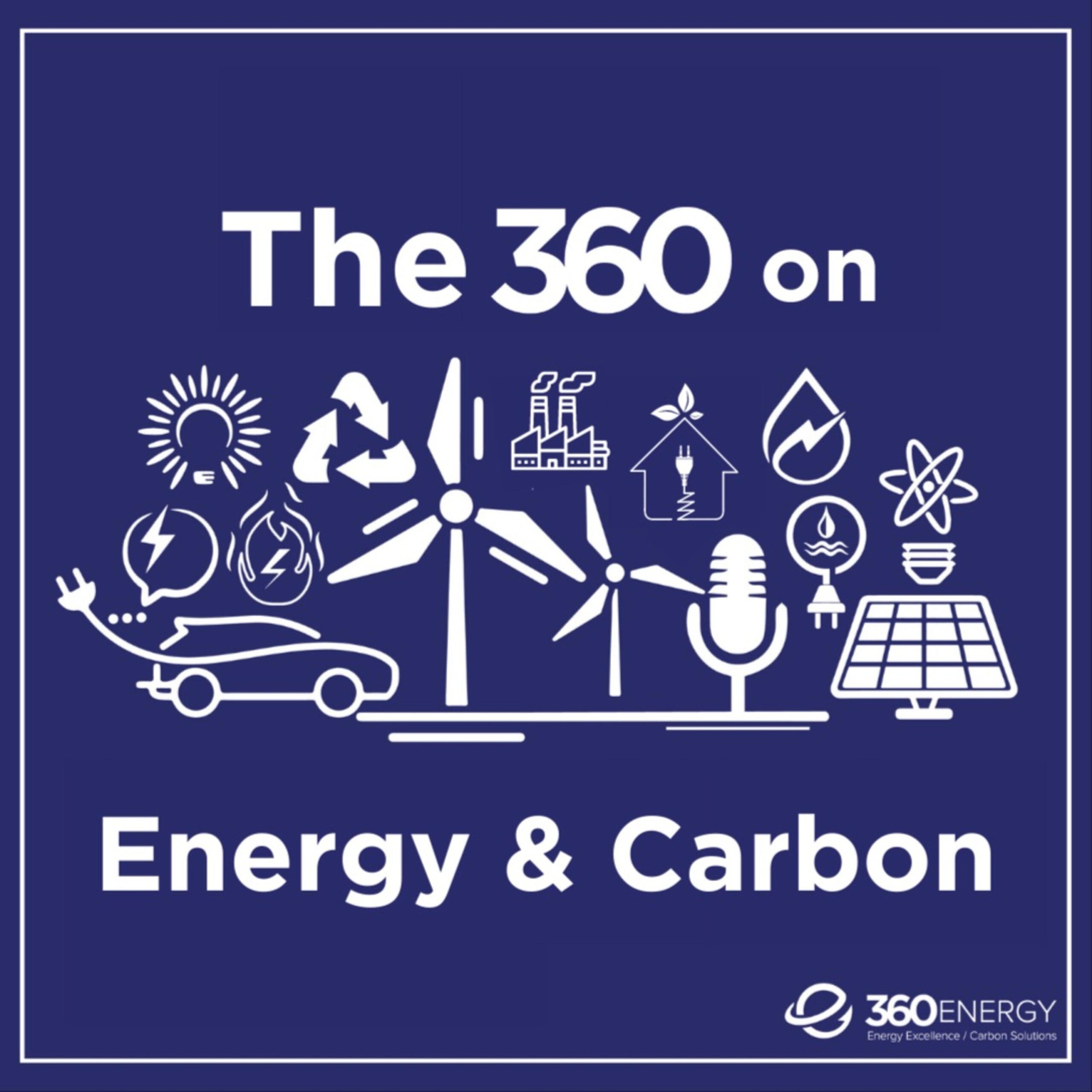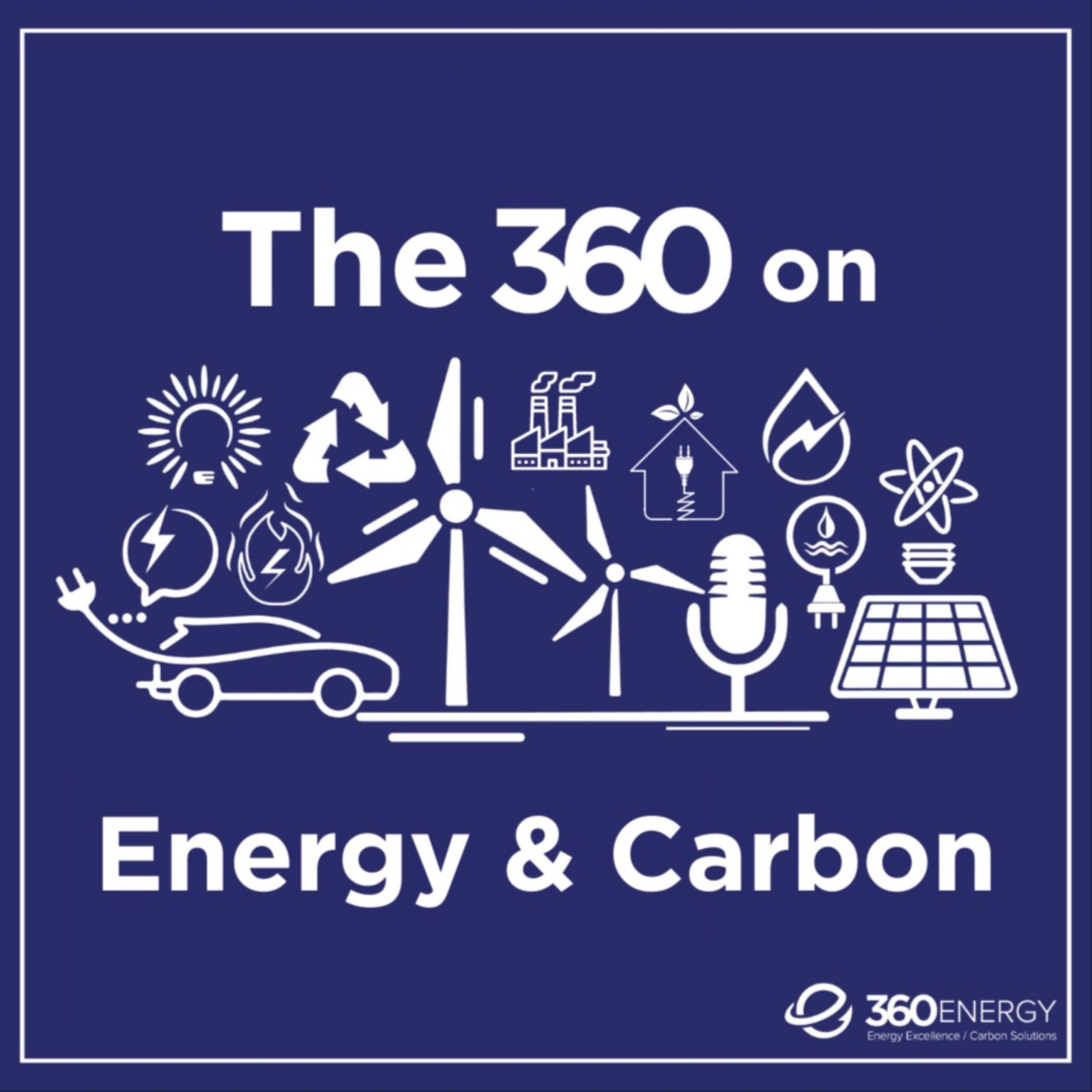
Rapid growth in the integration of Distributed Energy Resources (DER) is one of the most significant and important trends in the electricity industry around the world. Distributed Generation (DG) is a major and well understood DER option and refers to technologies that produce electricity at or near the final consumers of electricity. It may serve a single facility (e.g., house, commercial building, college campus), part of the microgrid, or feed electricity to the distribution network.
CERI has produced a study that provides an in-depth cost-benefit analysis of DG in Canada. It separates the economic analysis from the private and public perspectives:
- Are these investments cost-effective for an investor and project proponent?
- What does the deployment of DG mean in terms of costs and benefits to the electricity grid?
- What system costs might be avoided? How might these costs or benefits be allocated to the project proponent or all electricity customers?
- How do rate structures affect the business case for investment?
Join Allan Fogwill, President & CEO of CERI, as he presents the findings of the CERI study on the Cost- Benefits of Distributed Generation in Canada.
